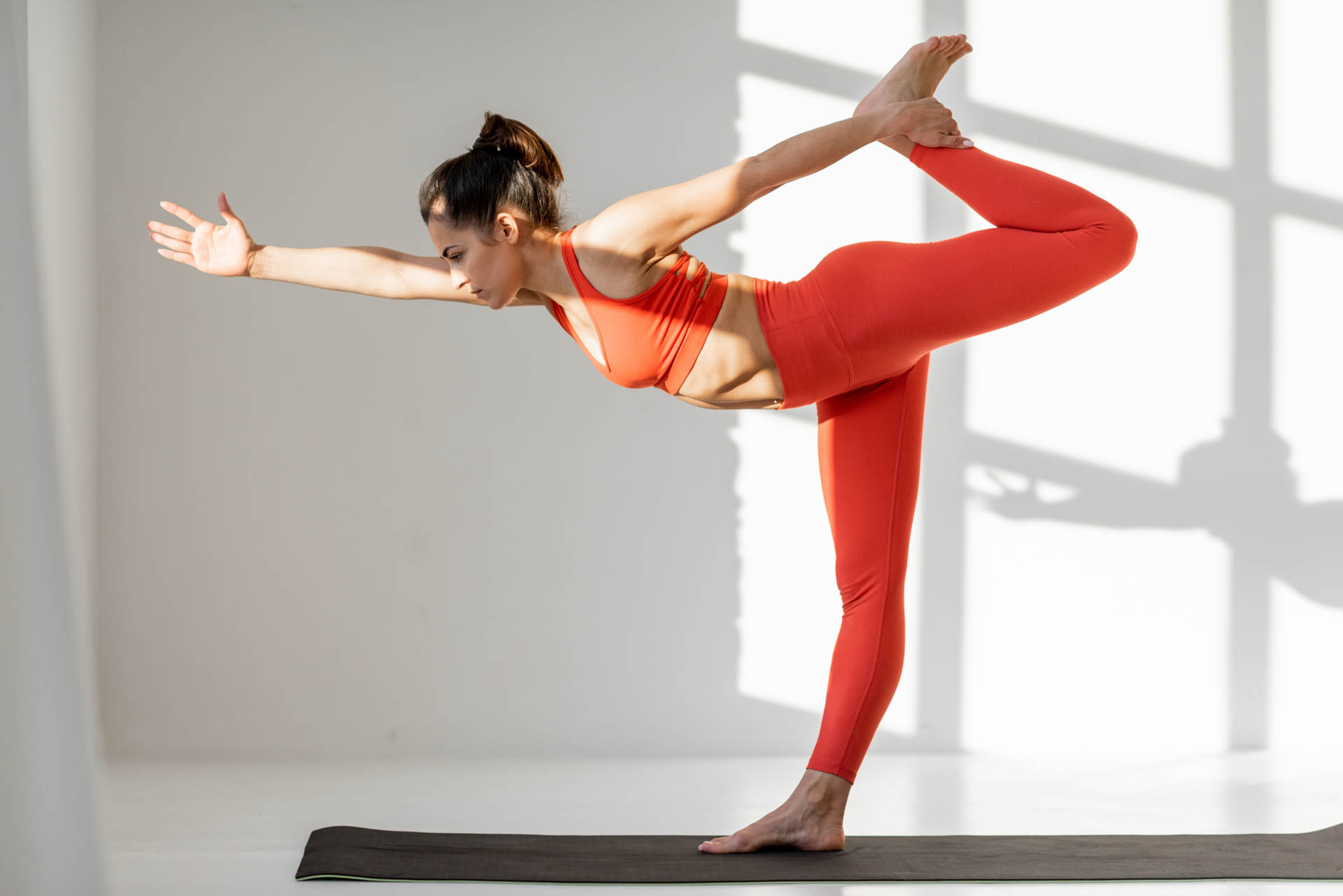It seems obvious, doesn’t it?Â
Well, unfortunately, it’s not that obvious to the majority of healthcare providers out there, including therapists. I speak to so many people that experience sexual dysfunction and not one provider has asked them some of the most basic questions, such as:Â
Does it hurt? (aka, does arousal, orgasm, or what you do to get there create a pain response?) If you masturbate, how long do you allow arousal to last?Â
Do you have any gastrointestinal issues going on?Â
Does it hurt to hold a full bladder?Â
Do you experience arousal with a full bladder?Â
Do you have a history of painful periods?Â
Do you have a history of hernias or endometriosis and associated surgeries?Â
Do you practice intense and/or excessive exercise?Â
Do you experience low back pain or spasms?Â
Do you have a history of hemorrhoids?Â
What’s your sugar/gluten/inflammatory food intake?Â
What’s your alcohol/smoking intake?Â
What’s your list of responsibilities look like? Â
There are so many questions that can get to the root cause of sexual dysfunction, and so many of them have nothing to do with sex.Â
Why don’t providers ask?Â
Well, that could lead to another soap box on the limited number of curriculum hours dedicated to sexual health in medical school, let alone education specifically on chronic pelvic and sexual pain disorders. Ultimately, there isn’t enough education and training out there on sexual health, the overlap with pelvic pain and related pelvic organ dysfunctions, and how to have an effective and accurate conversation on sexual health.Â
 When I completed my dissertation on the comprehensive histories of women with chronic pelvic and sexual pain disorders, a few main themes stood out.Â
First, the history of trauma – physical, emotional, mental, and spiritual. We know that any traumatic experience, including prolonged exposure to stress, winds up the sensitivity of the nervous system. Where does the body store this memory and stress? In the neuromuscular system and specifically areas of past physical injury and strain.Â
When the wind-up of the nervous system happens, we experience an imbalance in the autonomic nervous system, which is most commonly experienced first in our gastrointestinal (GI) track. (Remember, the gut is the second brain.) This will look like a “nervous stomach†and a mix between episodes of constipation and diarrhea and bloating. Â
The pelvic floor muscles are affected by the cramping and inflammation that takes place within the GI track. So, if you have a history of straining with constipation, or cramping with bloating and fast-moving bowels, this puts extra strain on those muscles and sensitizes the pelvic nerves – all of which feed into our genitals and affect sexual function. It affects our ability to become aroused because of the limitation of blood flow to the area through all of those muscles that are in spasm. (It’s hard for water to flow through a hose that’s being stepped on.) It also can sensitize and desensitize the nerves to that area due to overstimulation.Â
Overstimulation of these nerves and muscles can also occur in response to masturbating for too long (“edging†is the new fad – trying to get arousal to last as long as possible – this is like doing bicep curls for hours! STOP! Your muscles are exhausted). I saw a lot of this over COVID when folks were stuck in their homes for too long and seemed to get bored. I applaud the encouragement of self-pleasure and exploring and enjoying and learning about your body. However, arousal for more than 15-20 minutes is long enough for those pelvic floor muscles. Give them a break and practice meditation and relaxation instead!
Another theme I found was a history of intense athletics. Prolonged tension in the muscles and ligaments = difficulty relaxing the muscles used during exercise and movement. A history of intense athleticism, especially throughout puberty when the hips and pelvis are changing shape, places a lot of physical stress on the hips and lower back, which feeds into the pelvic floor muscles.

Often folks favor one side over the other (such as right-handed, or left-footed), which creates an imbalance and misalignment in the hips and pelvis. I remember the first presentation on sexual pain I did to the female athletes at Lehigh University – my alma mater for undergraduate and graduate degrees. When I asked how many of them experienced pain with a full bladder or pain with penetration with tampons,90% of the women raised their hand. I remember how big their eyes got as they looked around the room and realized the majority of them were experiencing the same thing, but not one of them had talked to another about it. They echoed similar voices I had heard when running cast meetings for The Vagina Monologues – they didn’t want to admit to having sex with penetration, or bladder incontinence, or bloating issues, because they were afraid of being shamed for it.Â
As with the majority of clients I’ve worked with, their physical therapists (not pelvic floor physical therapists) had encouraged them to do more squats and more strengthening of the pelvic floor muscles, which only make it worse! Weak pelvic floor muscles rarely equal being out of shape. Instead, it actually means the muscles have been overworked and under stretched.Â
Athletes – male and female and everyone in-between – experience a higher likelihood of pelvic and sexual pain and dysfunction because they learn to exercise through the pain, play through the pain, have sex through the pain, and work harder to strengthen the muscles that, in fact, need help relaxing.Â
We also know that with the mental and emotional stress of intense athleticism, the wind-up of the nervous system adds to the experience of GI disorders (brain-gut connection) and the pelvic floor muscle tensions due to the placement of the Vagus nerve. This looks like the mental strain of not constantly improving your running time, or number of squats/push-ups, or obsessing about the number on the scale. Furthermore, when we start experiencing shame as a result of these issues, our root and sacral chakras (energy centers that can be measured with scientific instruments now) become out of alignment, which causes the pelvic floor muscles to tense even more, creating more inflammation around the nerves that lead to the genitals and limited circulation. We need to create balance in our pelvis and in our lives if we want to improve sexual function and sexual pleasure.
Another theme that arose in my dissertation research was, “That’s just the way it isâ€, which highlights the lack of accurate sex education and the limited honest communication that’s happening amidst peer circles.Â
If 1 in 5 women experience pelvic and sexual pain, and it’s estimated to be about 1 in 9 men – then it’s clearly an epidemic that’s not being talked about nearly enough!Â
As discussed in a prior blog on chronic pelvic pain, it can take an average of 5-7 years for females to receive an accurate diagnosis, and sometimes longer to find a provider that can guide them on an effective treatment path.Â
Just because it’s common, doesn’t make it right.Â
Sex and intimacy is supposed to be fun, joyful, playful, and pleasurable! That goes for pelvic health too. Let’s not allow “it’s just the way it is†to stop you from seeking the answers you need to help you create balance in your pelvis and in your life. Pelvic health is sexual health. Let’s heal our gut, align our pelvis, balance our brain activity, and discover the fun, expansive pleasure that connects us with our bodies, our partners, and our greatest self!Â
My favorite ways to balance all of the above include practicing Iyengar Yoga, Qi Gong, and mindful walking in nature. Tell me the ways you enjoy creating balance!
One of my favorite ways to create balance in my brain while connecting with my partner is through eye-gazing and harmonized breathing. Email me to receive instructions on how you can practice this with a partner, or in the mirror with yourself!




